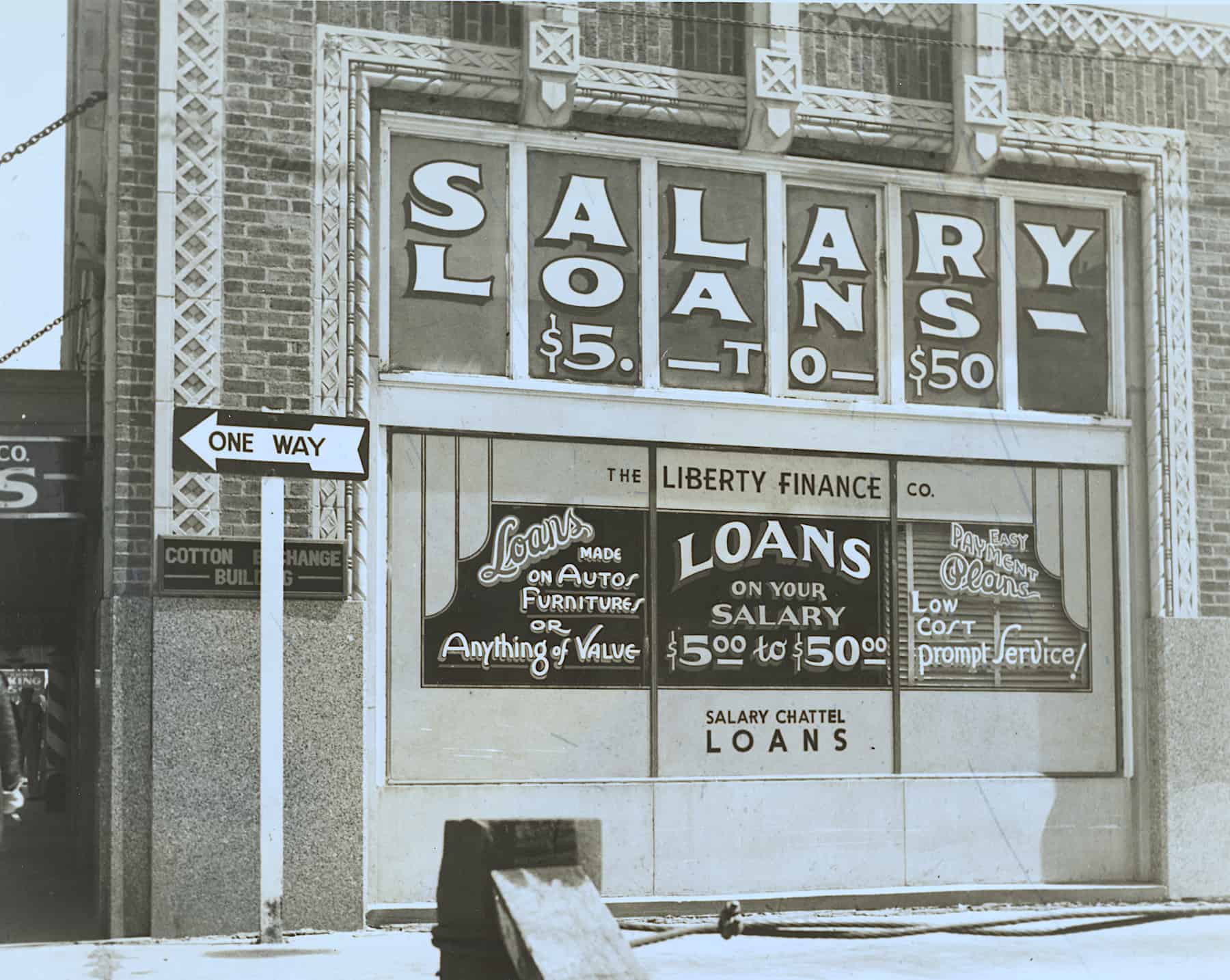COVID-19 Impact on Online Lending: Report
by JD Alois
The online lending industry has probably suffered more than any other sector of Fintech during the COVID-19 crisis. Borrowers, both businesses and consumers have paused payments in droves. Many individuals have lost their jobs. Businesses have shuttered, some permanently. While many governments have moved swiftly to create programs to backstop an economic crisis induced by a pandemic, the repercussions have been profound and ongoing. In the US, LendingClub, mainly a consumer lender, predicted a 90% decline in originations during this quarter. But while LendingClub is a reporting company that is compelled to disclose performance most online lenders have been less forthcoming in sharing such granular information.
dv01, an analytics and data provider covering the online lending sector, has been publishing periodic reports regarding the impact of the Coronavirus on online lenders. This week, dv01 has posted an update on this asset class and, from their perspective, things seem to be improving. The online lending analysis reviewed more than 1.7 million active loans with a total outstanding balance of over $19 billion from leading U.S. online lenders.
dvo1 states that total payment impairments flattened at the end of April and have decreased throughout May. Payment impairments appear to have peaked.
New payment impairments through the month of May were at the lowest since before 2019 and an expected spike of impairments at the beginning of the month did not take place.
Overall, delinquency rates are declining and are “now well below historical levels,” according to the report. As one may anticipate, loan modifications (where lending platforms allowed borrowers to skip payments) comprise 70% of all impairments. Over 90% of modifications are a short-term pause on payments.
The report states that historic information indicates that modified borrowers are three times more likely to avoid ultimate defaults as opposed to those that go straight into delinquency thus it is mutually beneficial for the lender to work with the borrower.
Flattening the Lending Curve
So are we out of the woods? Not so fast. COVID-19 remains a huge health problem and the full economic impact will not be clarified for months or years. Some of the loan modifications will end up in default, that’s a given.
dv01 takes a glass half full point of view:
“Although substantial challenges remain, there continue to be reasons for optimism. First, major issuers have not disappeared or halted their lending operations and were able to make even higher quality loans through the most challenging times of March and April. Second, as discussed throughout all of our reports, any preconceived notions about what online loan performance might look like in a downturn have been entirely rebuked … It is clear that borrowers are using this time to continue their path to debt consolidation and improving their financial situations. Strong underwriting characteristics have played major roles in limiting total impairments and show the earliest signs of recovery. Given that most payment impairments are in modification—and judging from both our historical analysis of hurricane-related defaults and the post-COVID-19 payment behavior already observed—a substantial portion of these impaired loans will not translate into ultimate losses.”